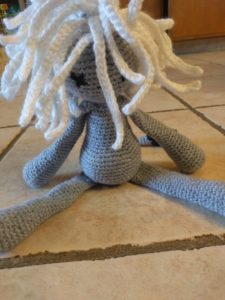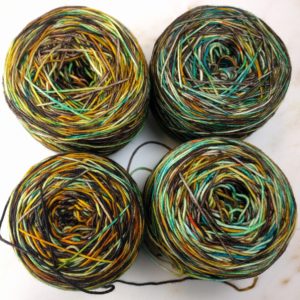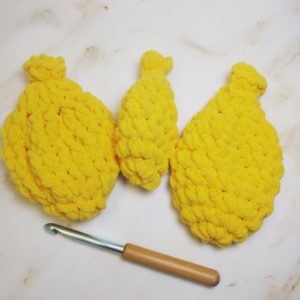Friendship Knitting
 This month, my friend Jahna and I got to meet up in San Francisco. We were wearing the sweaters we made as a friendship knit along. This was the third project that we’ve done together as a knit along.
This month, my friend Jahna and I got to meet up in San Francisco. We were wearing the sweaters we made as a friendship knit along. This was the third project that we’ve done together as a knit along.
The first was the BFF Cowl, which is a completely great friendship project. You each make two short scarves in different yarn and then you exchange one of them so that you have one that you knit in one color and one your friend knit in another color. Then you graft the ends together so that they form two interconnected rings.
The second project was a Cheveron Blanket. Being as they are big and bulky, we’ve never gotten our blankets together.
The sweaters are our most recent project. For this one, we both picked a sweater from CustomFit, and we picked out yarn from the same indie dyer, but Jahna did hers in a worsted weight yarn and with a longer length and I knit mine in sport weight and a shorter length. Jahna did some cool color blending on hers as well.
We haven’t decided on our next project, but we are considering a double knit Star Wars scarf!
Looking for some ideas for friendship knitting projects? One book that we have looked at is Knit the Sky by Lea Redmond. This book is choke full of interesting possible projects, with a few that are specific to friendship knitting.
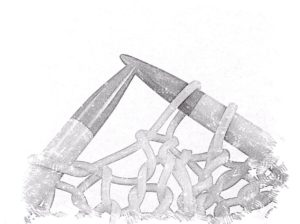
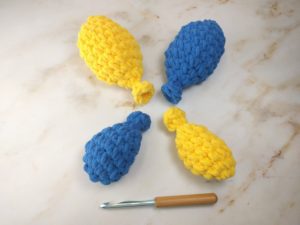 All the patterns I found online worked in rounds with a chain up instead of working in a spiral, and of course I felt many weren’t quite round enough or had enough of a balloon looking top. Many patterns called for a magic loop start, which I think is hard in this yarn because it is so grippy. So in the end, I designed my own pattern!
All the patterns I found online worked in rounds with a chain up instead of working in a spiral, and of course I felt many weren’t quite round enough or had enough of a balloon looking top. Many patterns called for a magic loop start, which I think is hard in this yarn because it is so grippy. So in the end, I designed my own pattern!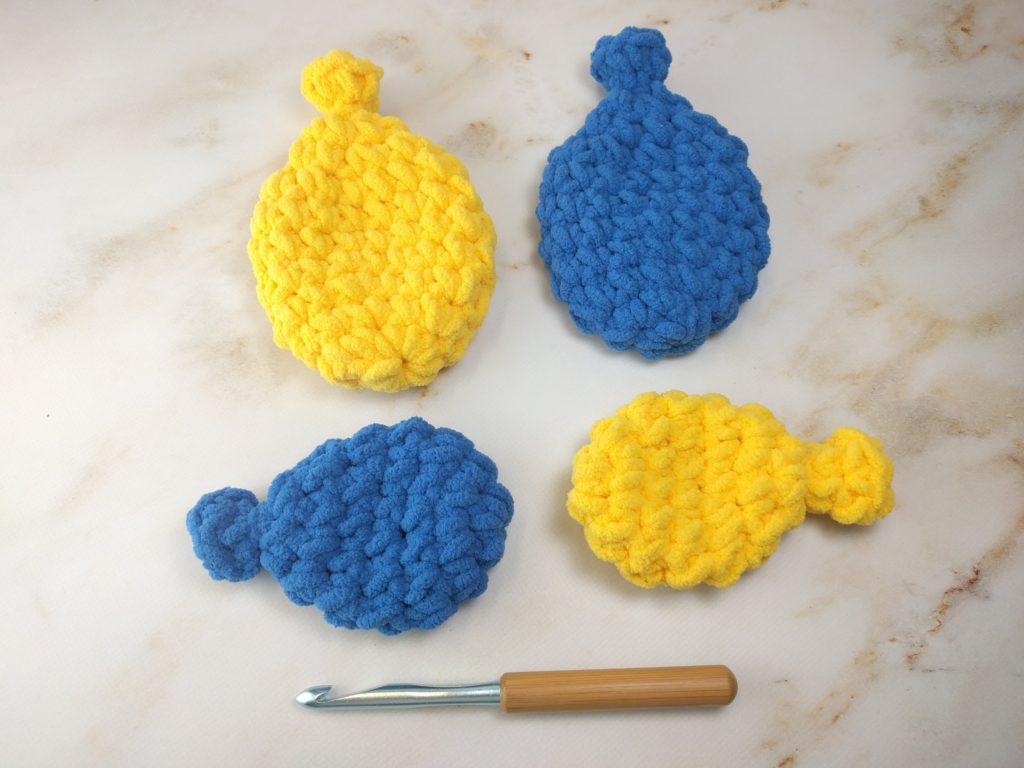
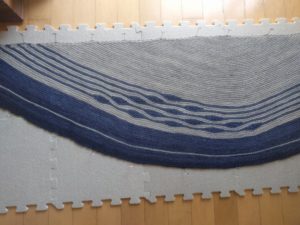 April was a month of finishing! I completed
April was a month of finishing! I completed 